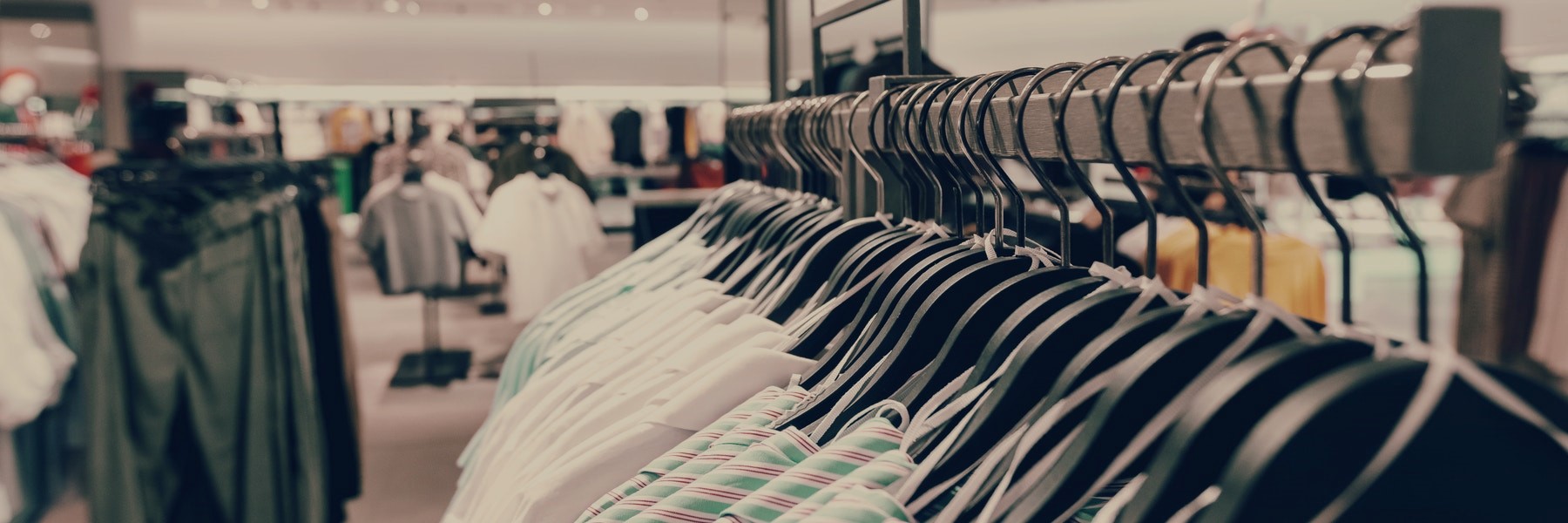There have been significant changes in global eCommerce since lockdown. However, the one constant is online fast fashion continued dominance of eCommerce. This is arguably the quickest sector to adopt this technology. It has been on the forefront of most innovations in online shopping over that time. The last 15 years have seen basement startups turn into global brands eating into the market share of legacy fashion. The lockdown period has seen consolidation and growth in online shopping. This is at a time where significant numbers of physical stores are being permanently closed. Consequently, it is helpful to look at the sector to observe how the most innovative companies are adapting. It gives an idea of what might happen in other sectors later.
Physical Stores
Unfortunately for the larger economy, the lockdown has accelerated the already desperate shutdown rate of fashion stores. Earlier this month, the world’s largest fashion retailer, Zara announced plans to close up to 1,200 of its stores around the world. The company has seen a 44% drop in sales and reported losses exceeding €400m in Q1 as a quarter of their stores remained closed. However, most of this closure will be focused on Asia and continental Europe with few expected in the lucrative UK market. Naturally, they have decided to increase their focus on online shopping like many of their competitors.
Strategy Change
Fortunately for Zara, online sales increased 50% in Q1 compared to last year with April seeing a 95% increase compared to last year. Zara’s parent company Inditex plans for online sales to account for more than a quarter of its revenue in 2020. The same was observed with Swedish rival H&M which saw a 38% spike in sales from March to May while overall sales halved. As we have observed with other big retailers, Zara will convert some of its larger stores to distribution centres. They also plan to spend €1bn on the online part of the business and another €1.7bn geared to make the store better integrated with Zara website. The general objective is to make the shopping process better with real time delivery tracking and quicker delivery times.
New Behavior
Following the examples set in Asia, we are seeing more online shopping events around the world. In Canada, the Canadian Arts & Fashion Awards (CAFA) and Toronto-based, FASHION magazine launched a two day online shopping event called Wear Canada Proud. The event is designed to promote local Canadian brands and help them mitigate the effects of the lockdown. We have indeed seen an increase of patronage for local businesses over the past few months. The event involved in excess of 100 brands spanning fashion including menswear, accessories, footwear targeting many segments of the Canadian consumer base. This type of collaboration effort is set to be attempted more and more in online shopping.
Consolidations
Over the past months, there have been some significant corporate consolidations which could have repercussions on ecommerce for years to come. UK online fashion retailer, Boohoo.com has made some newsworthy decisions in this regard. The retailer splashed at least $6.5m on the online business of Oasis and Warehouse, two legacy fashion brands currently bankrupt. This comes after the acquisition of several struggling legacy brands including Karen Millen, Coast and MissPap. In May, Boohoo.com bought the remaining 34% stake in online retailer PrettyLittleThing.com. This came after initially purchasing a 66% four years ago. This consolidation is part of a larger strategy to consolidate the global online fashion market.
Share prices
As we observe an increase in Bohoo’s share price, due to recent success and consolidations others have also increased share price. German eCommerce fashion giant, Zalando saw its price go up significantly. As it indicated, it is set to beat market expectations for 16% growth in Q2. Boohoo shares also rose as it beat market expectations for Q1 with a 45% rise in revenue. As a consequence of this, shares in British rival Asos also saw a significant jump. This tells us that big capital is still very much optimistic about the future of this online fashion sector. And for good reason.
Although physical stores are not going extinct, legacy brands are generally keen on shifting their strategies towards online sales. Based purely on profitability, this makes sense. Even in the remaining retailer stores, there is a demand to better experience between eCommerce with the physical stores. Store pick up service, checking sizes, store inventory, are among some popular solutions. For customers and clients, the more seamless the online experience, the better.

